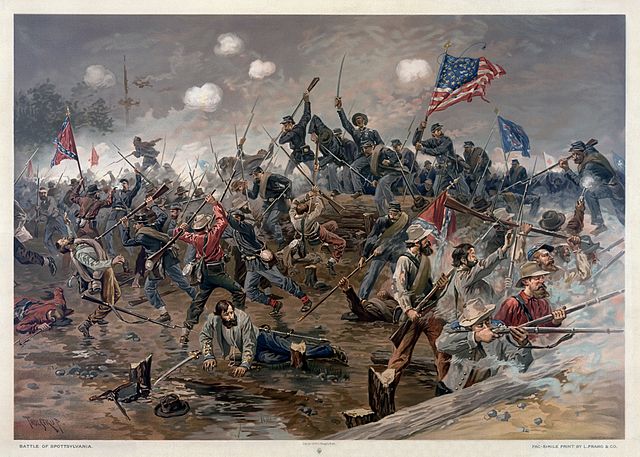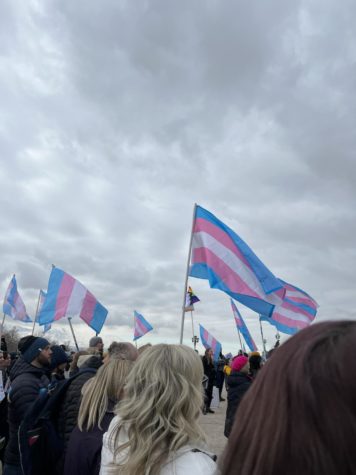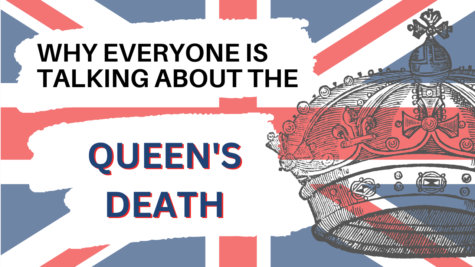History of the Confederacy
November 27, 2017
Recently, the removal of Confederate monuments around the country has sparked heated debate. These tensions were most prominently seen in Charlottesville, Virginia, where white supremacists and counter protesters’ rallies led to violence and the death of 32 year-old Heather Heyer.
The controversy surrounding Confederate symbols is not new, but it recently reached national significance in 2015 when a picture of Dylan Roof posing with a gun and a Confederate flag surfaced. Roof killed nine African-Americans in Charleston, South Carolina and he had told his friends he wanted to start a “race war.”
Following this massacre, South Carolina officials removed the Confederate flag from the State House grounds, and cities in the south voted to remove various Confederate statues.
Since then, Confederate monuments across the country have been taken down, and others are proposed to be removed.
Many who oppose the monuments’ removal argue that the statues honor important historical figures and serve to remind us of our nation’s past.
One such organization advocating for keeping the statues is The United Daughters of the Confederacy. This organization was established in 1894 and has erected many Confederate memorials and monuments since its formation.
In response to the removal of various Confederate monuments, they issued a statement that said, “It is our sincere wish that our great nation and its citizens will continue to let its fellow Americans, the descendants of Confederate soldiers, honor the memory of their ancestors [….] Join us in denouncing hate groups and affirming that Confederate memorial statues and monuments are part of our shared American history and should remain in place.”
But the adoption of Confederate symbols by white nationalist groups has others wondering whether such monuments should remain.
In an interview with National Geographic, Smithsonian curator Eleanor Harvey said, “If white nationalists and neo-Nazis are now claiming this as part of their heritage, they have essentially [co-opted] those images and those statues beyond any capacity to neutralize them again.”
People’s opinions of whether monuments should stay can also vary depending on the individual for whom the monument was made.
In response to the removal of the General Robert E. Lee statue in New Orleans, Rod Dreher said in The American Conservative, “It mattered that he did not urge bitter resistance, but rather nobly counseled patriotism. Had he done otherwise, the healing of the nation’s wounds likely would have taken longer. […] To me, the national tragedy of the Civil War is exemplified not by Abraham Lincoln and Jefferson Davis, but by Lincoln and Robert E. Lee. To remember him as nothing other than a man who commanded an army that defended slavery is a mistake.”
In Nashville, politicians and protesters have been urging a bust of Nathan Bedford Forrest be removed from the capitol since 2015.
Forrest was a cavalry general and the first grand wizard of the Ku Klux Klan. In 1864, he was involved in a massacre of black soldiers. In addition to the bust, Forrest has seven schools named after him.
However, the controversy extends beyond the individuals and their monuments. Most Confederate monuments were erected during times of severe backlash against attempts to expand rights for African-Americans.
According to the Southern Poverty Law Center, there was a large increase of monuments being built around 1900 and from the mid-1950s to the 1960s.
The first increase of monuments being built coincided with states enacting Jim Crow laws. These laws were created in response to the rights gained by newly freed black slaves in an attempt to intensify segregation.
The second increase, though not as large, occurred during the height of the Civil Rights Movement. During this time, racial tensions and white segregationist backlash was high.
Such a complicated history has led to complicated debates surrounding the monuments’ removal. No clear answer remains as many states debate whether to take down Confederate monuments, and only time will tell what their fate will be.















